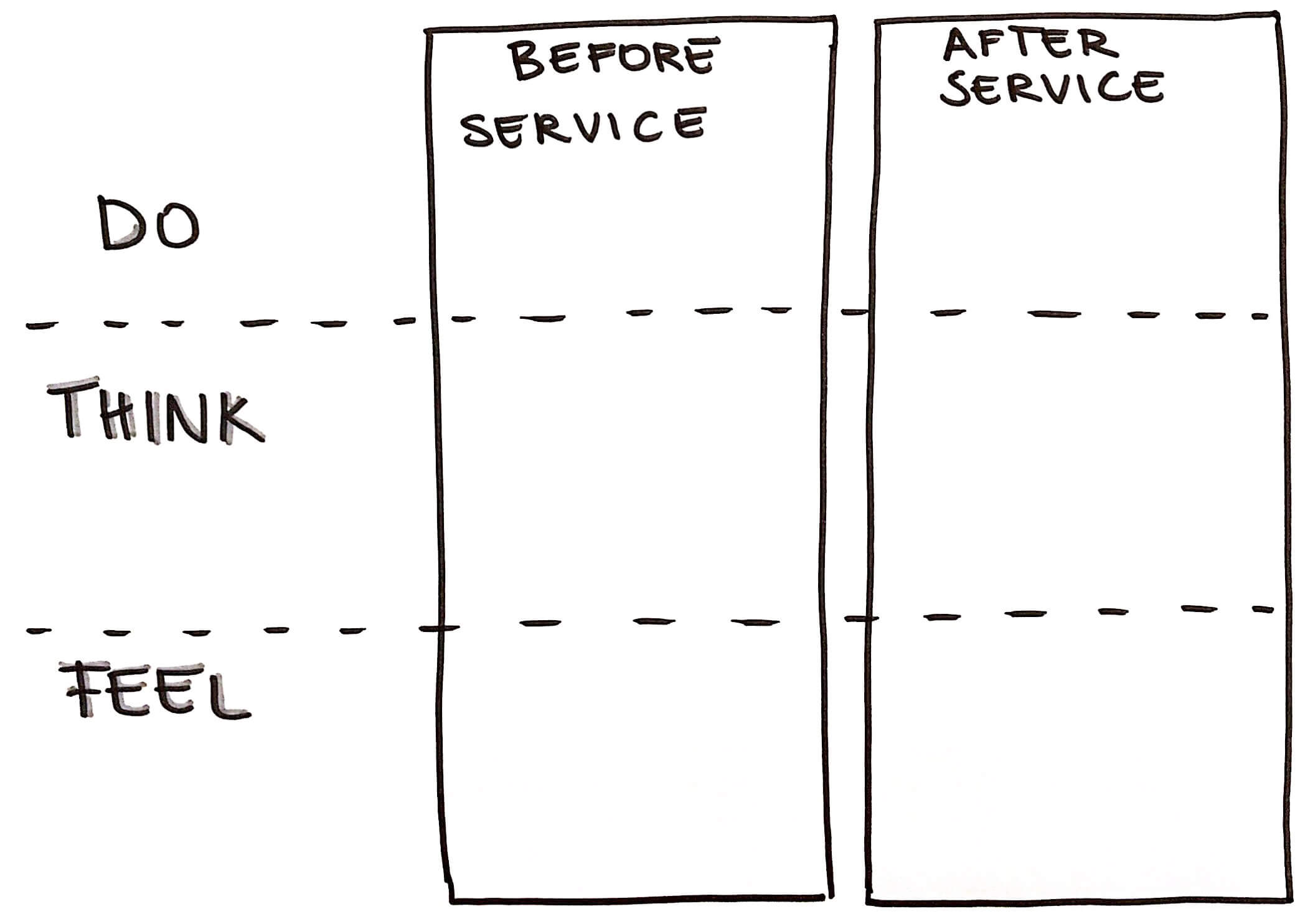Society is fixated on the next big thing. People don’t like being late to the game, and it’s a matter of pride for many to be, what is termed, early adopters. The main reason for this is that you gain the most benefit from something when you can predict whether it’s the next big thing or not at an early stage.
Even better is when you can be involved in the development of the next big thing. Every day, thousands of people go to work with the mission of creating the next big thing. The most effective way to do this is to know what goes into making a next big thing and understanding what made next big things of the past so successful.
Many people are quick to assign the term next big thing to a developing idea or technology. But it is usually not an overnight event that results in a next big thing, but instead the continuous work of teams of people that, in hindsight, is recognizable as the major contribution it is. We believe that the next big things were created by people, for people, with the future in mind. These things have a major influence on our lives and, as such, we’ve decided to dive in and take a look at some of the biggest next big things in history, as well as dwell a bit on what we can expect in our future, and, what is more important, to represent people behind some of the next big things.
What is the next big thing
In his book on the topic, The Next Big Thing, Richard Faulk delves into a number of themes which he considers as being the next big things of history. He notes that he limited himself to the past 3,000 years of history, and includes such ancient inventions as alcohol, the chariot, philosophy and religion.
Along with Faulk’s ideas, many people throw out human’s control of fire and development of agriculture to be two turning points in our development as a species. The impact that these and Faulk’s suggestions had on society cannot be denied, but were they really the next big thing?
We think not. One of our key definitions for what a next big thing is relates to the intention of the development to change society. While all these ideas impacted our society, it happened almost by chance, and was not intentional.
So what then was the first next big thing? How about the steam engine? The first working example was demonstrated in 1698 by Thomas Savery. 80 years later, James Watt patented an improved design that went on to trigger a number of developments during the industrial revolution.
Watt recognized the value of his invention and almost suffered financial ruin while trying to commercialize it, eventually teaming up with Matthew Boulton in 1775 to make a success of it.
As we carry on to discuss some newer inventions that fit the bill of being the next big thing, we’re interested in your views on the first next big thing. Is there an obvious one you can think of, or do you disagree with our requirements for defining a next big thing? Be sure to let us know in the comments.
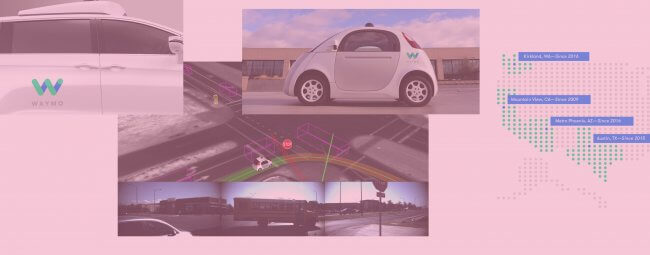
Sebastian Thrun and Waymo
While the idea of an autonomous vehicle has been around since the 1920s, implementation has been a long time coming. We saw basic implementations in the 80s, but it’s the last decade that has seen the most advancement. Autonomous vehicles are set to change our world in a number of ways, lowering congestion and travel times while also improving people’s freedom and opportunity to be productive.
Sebastian Thrun has held many positions over his successful career, but one of the most notable ones was the leading of Google’s self-driving car project, now known as Waymo. Thrun was born and raised in Germany, completing a PhD at the University of Bonn. Thereafter, he moved to the USA to join Carnegie Mellon University as the co-director of their Robot Learning Laboratory.
In 2003 Thrun moved to Stanford University and worked with Google on two successful DARPA autonomous driving challenges before being appointed a VP at Google in 2011.
Although no longer with Google, his work on the Waymo project contributed to the market-leading position they have now. Thrun is currently chairman of the online learning platform Udacity, which has been revolutionizing education for the past few years, and at only 50 years old, probably has another few innovations lined up. The success of many of Thrun’s endeavours can be linked to his steadfast approach to all he works on, supported by a continuously developing education, and the belief that will see him through.

The success of Garret Camp’s Uber
Uber has been around for a couple years now. Launching as UberCab in 2009, it made huge strides as a company, but it hasn’t quite taken over the world as we maybe expected. Uber offers a way for people to hail a cab from their cellphone. Costs are immediately visible and it makes taking a taxi an altogether more enjoyable experience than traditional metered taxis.
Uber was founded by Garrett Camp and Travis Kalanick. Kalanick openly admits that Camp was the one who had the idea for the company. Camp had hired a private driver with friends, and was looking for a way to make the process easier. He saw an area he felt need improvement, and set about changing the world of taxi hailing. They started small, with a single employee, and as the product continued to succeed, they expanded it. Uber is now operating in over 500 cities worldwide with revenue in 2015 exceeding $10 billion, and are looking into driverless technology to take them to the next level. Uber has faced, and continues to face, many challenges. But their product succeeds because the people behind it are working with the aim to build product from people to people, replacing an experience we dislike (dealing with metered taxis), with one that is transparent and convenient.
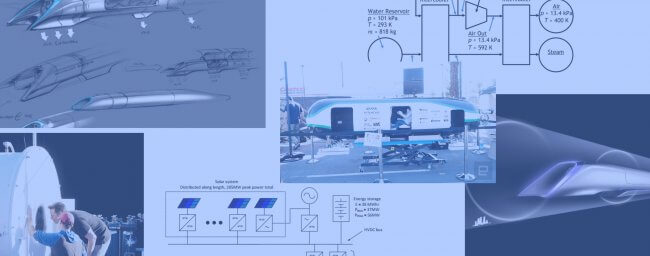
Elon Musk’s Hyperloop goals
Hyperloop is a concept for high speed ground travel. Think of it as a train that travels in a tube. The tube’s air pressure is dropped to allow the train to travel much faster than conventional transport systems. The idea in itself is not new, but the funding and willpower to actually see it implemented is something that requires someone unique to drive it.
Thankfully Elon Musk took that step, announcing the project in 2012. Elon Musk is well-known in the tech world, as CEO of Tesla and SpaceX, and a cofounder of SolarCity. Musk seems to have a unique ability to identify where the next big thing will be, and backs it up with an unyielding work ethic and a drive to see his projects succeed, a note we can all take from his book.
Originally born in South Africa, Musk moved to Canada at a young age. In the 90s, Musk was involved in a number of successful tech projects, most notably the money transfer service, PayPal. When eBay bought PayPal in 2001 for $1.5 billion, Musk was one of the biggest benefactors, and he has used that wealth to help launch his other ventures.
Currently, the Hyperloop project is in a design phase, with SpaceX building a scale track at their Hawthorne offices. A number of organizations are busy designing test pods, including MIT, who unveiled their prototype in May 2016.
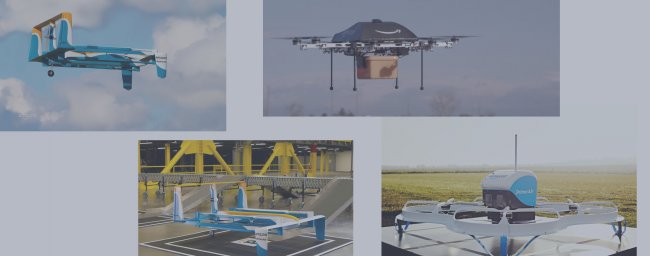
Jeff Bezos now focusing on Drone Delivery
UPS alone deliver 16 million packages every day. And as the number of e-commerce sites expands, we need to find new ways to minimize its impact. Delivery drones are one way to achieve that.
The people working hardest at this are Amazon, led by CEO Jeff Bezos. In 2013, he announced that they are working on a system of unmanned aerial vehicles for delivery. The service dubbed Amazon Prime Air isn’t running yet, but in July 2014 they applied to the FAA for testing permits.
Bezos came from relatively humble beginnings, growing up in Houston, his stepfather an engineer for Exxon. From a young age, though, he displayed an interest in technology, even protecting his bedroom with an electric alarm to keep his siblings out.
This interest grew, and he went on to obtain an engineering degree from Princeton. He started work on Wall Street, involved in a number of financial software products, but his major claim to fame came with the founding of Amazon.com in 1994. The main motivation for this was Bezos not wanting to miss out on the internet-boom. Bezos is currently ranked the second richest person in the world, and we can all agree he didn’t miss out — in fact, Amazon is what is now because Bezos was able to identify a niche in the market, and keeps driving its growth.

Jason Alan Snyder, inventor of Google Glass
Now some people may scoff at being the inventor of Google Glass — it wasn’t as successful a product as Google perhaps hoped for, but the space it’s operating in is poised for a breakthrough, and Glass contributed to that.
Augmented reality has been implemented in different ways, but it involves overlaying a digital image on our normal view of things. Invented in the early 90s, it only really found use in niche applications. Glass was Google’s implementation of augmented reality for the average person. The project was launched in 2013 and led by Jason Alan Snyder.
Failing is hard for everyone, but what often makes the difference between something good and the next big thing, is finding the right application for the technology.
Snyder has long been concerned with the future and has been involved with product development for a number of companies including Facebook, AOL, Dell and Nike. He holds more than 15 patents for new technologies and is CTO of an international marketing agency. Success does not come overnight, and Snyder is an example of this, by contributing to larger and larger innovations as he has progressed in life.
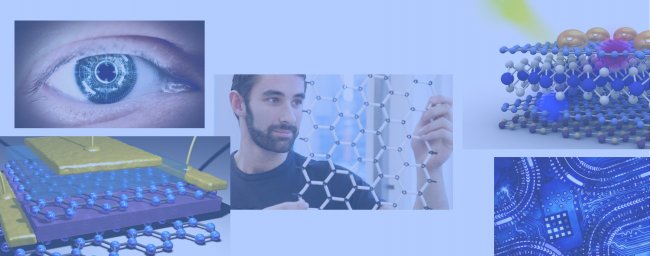
Andre Geim’s journey to Graphene
Graphene is the term given to a one atom thick layer of carbon. It is most notable for being an excellent conductor of electricity (better than copper), as well as its incredible strength properties, more than 150 times stronger than steel by weight.
The discovery was made by Andre Geim and Konstantin Novoselov. Geim, a professor of physics at Manchester University, and Novoselov, a PhD student. In 2010, they were both awarded the Nobel Prize in Physics, and their invention has been threatening to change the world ever since, with over 8,000 graphene related patents filed worldwide. Many organisations have patented graphene devices and processes for industries such as electronics, aerospace, energy electronics and biomedicine.
It wasn’t a simple discovery though. Geim and his team had been trying to develop a way to isolate graphene for several years. It was only after many failed attempts that they figured out how to do it, with a roll of scotch tape triggering the breakthrough idea. It was Geim’s hard work, and belief that they were on the verge of discovery, that lead to the eventual discovery. But the journey is still not complete as the hunt continues for the best application of this next big thing.
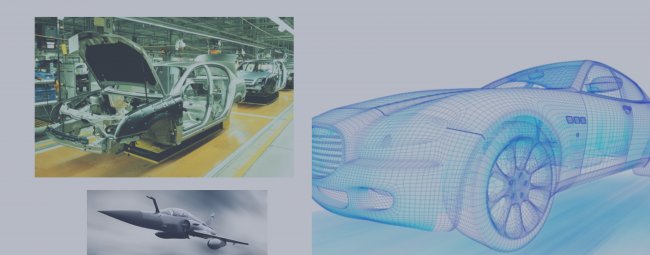
Scott Crump, 3D printing leader
3D printing is referred to as an additive manufacturing process. That means something is made by being built up. This is in contrast to a subtractive process like a drill, which removes material. The process has many applications but is currently most often applied to rapid prototyping.
Scott Crump, a science graduate of Washington State University, is considered the inventor of fused deposition modelling, a popular method for 3D printing. Crump got the idea for the method when he made a toy for his daughter. To make it, he used a glue gun that he loaded with a mixture of polyethylene and candle wax. But he had a broader vision as well, and that was to give engineers the ability to create a physical object from a computer model.
From the idea spawned several patents and the company Stratasys, which he founded with his wife. Two years later, they took the company public and it has gone on to be a leader in the additive manufacturing market.
Crump knew the problems he faced on a daily basis as an engineer, and when faced with a solution, had the foresight to realize 3D printing’s true potential.
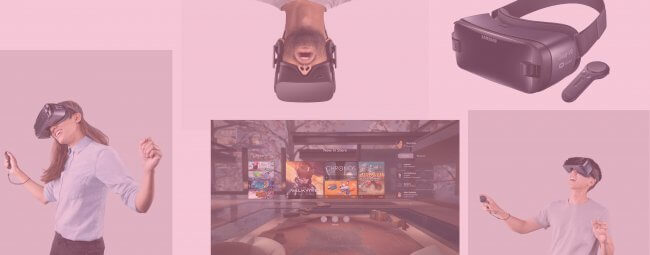
Palmer Luckey and the Oculus Rift
Whereas augmented reality lays an image on top of our view of the world, virtual reality (VR) creates a whole new world for us to experience. Another product with a long history (dating back to the 1950s), VR made big strides in the 80s in the form of training simulators.
Mostly relegated there for several decades, the last few years has seen a resurgence of the technology, with development ongoing by big names such as Google, Apple, Amazon and Microsoft.
Palmer Luckey is the founder of the virtual reality company Oculus VR. Luckey grew up in Long Beach, California, was home-schooled, but had a great interest in electronics. At just 14 years old, he attended courses at Long Beach City College. From a young age, he experimented with electronics projects including tesla coils and lasers, culminating in the first prototype of what is now known as the Oculus Rift when he was just 18.
Through some acquaintances on an online forum, he was able to demonstrate his prototype to ID Software co-founder, John Carmack. That introduction was crucial to the success of Oculus, and making it the company it is today. But Luckey’s product was too big to fail. If he hadn’t met Carmack, his product would have succeeded in another manner.

Big Data, everyone is involved
Big data refers to all the data that is constantly being recorded. This includes supermarkets watching our purchasing habits, fitness products tracking our movements, or any one of the other millions of systems that track what happens in the world. But big data in a world-changing scenario refers more to how that data is analysed, and what is done with that information.
Big data has hundreds of applications. Google uses it to feed us adverts we’ll be interested in. Sports teams use it to analyse opponents and predict successful plays. Psychologists use it to come up with policies that will be most successful.
And because it’s so broad, it’s being worked on by people and organizations around the world, constantly coming up with new processes and applications. Doug Cutting and Mike Cafarella created Hadoop, a software framework which aids storage and processing of this data. It’s one of the most used tools in big data.
In 2002, the Major-League Baseball team, Oakland Athletics, under manager Billy Beane, applied big data to bring them to the playoffs twice in a row, even though their budget was multiple times less than most of the competition.
Craig Rupp and Corbett Kull developed a product that uses GPSs to analyze farming methods. Looking at yields, location, moisture and soil data (both historical and in real-time) to determine the best farming strategies.
Big Data breakthroughs are ongoing, and are being perpetuated by different people every day, all working to change how we make decisions. The biggest driver of big data is the constant success stories that are publicized, giving people a greater understanding and appreciation for the field.
Conclusions
While everyone wants to know what the next big thing is going to be, only time will tell. Human ingenuity to date has proven to be an endless resource, so a next big thing is guaranteed, but there is a lot involved. Unique ideas; a chance meeting; focused design. Next big things all succeed for different reasons. Many people have ideas but lack the ability to implement them. Others implement them ahead of their time, minimizing their impact.
There is no guaranteed way to make your idea the next big thing, but if you truly believe it has the potential, then that belief and a commitment to its success will stand you in good stead.
What we also do believe is that due to society’s progression, the next big thing will be technology related, and it will be as the result of collaboration. We have progressed too far for the next big thing to be based on one person’s breakthrough alone.


